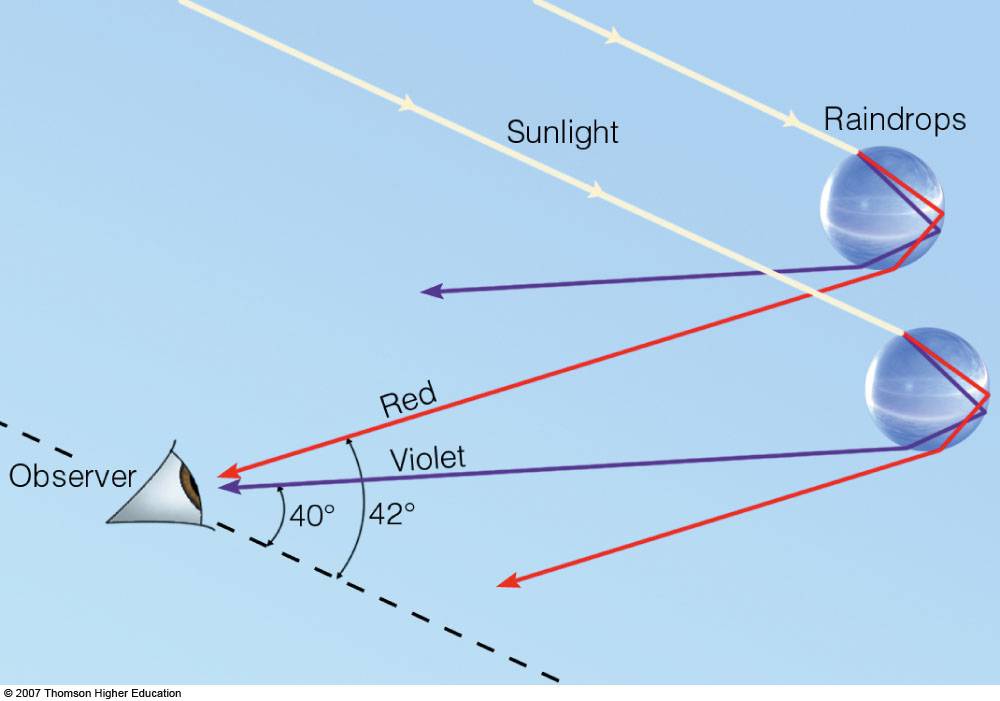Here is some stuff about mirrors and light.
Colors. There are soooo many different colors. In light, there are three primary light colors. They are green, blue, and red. When mixed together, they create white light. Green and blue create cyan. Blue and red make magenta. Green and red make yellow.
Have you ever been on a stage? If you have, you have probably experienced the mixing of colored lights. Just the other day I was on stage with choir practicing for our concert that is coming up. We are singing Thriller and we used blue and red lights. On the floor, where the blue and red overlapped, the area was yellow. This is because of the mixing of the lights on the stage floor.
White is all colors and therefore reflects all colors. Black is the lack of color and so it absorbs all colors. If you wear black, you will feel warmer in the sun than if you wear white because you are absorbing the suns energy instead of reflecting it. If you were to wear a white shirt and stand underneath a stage light, for example a yellow light, your shirt would look yellow too.
Complementary colors are colors that, when mixed, they created white light. Yellow and blue are complementary colors. So are cyan and red. Also, magenta and green.
Color subtraction is the subtracting of color to make something appear a certain color. Subtractive primary colors are used in printing illustrations in full color. You may see an example of this with color printers. The colors used to print in full color are magenta, cyan, and yellow. Following are some examples of color subtraction. Red absorbs blue and green but reflects red. Green absorbs blue and red but reflects green. Blue absorbs red and green but reflects blue. Yellow absorbs blue but reflects red and green. Cyan absorbs red but reflects green and blue. Magenta absorbs green but reflects red and blue.
Do you know why the sky is blue? Have you ever asked this question? It may seem like a "dumb" question but it really isn't, it's really a very complex one. The atmosphere usually stops the green and red light. Human eyes are the most sensitive to blue, therefore, we see a blue sky. In places where it's very dusty, the sky is less blue because the particles scatter the light. However, if it rains, the dust is settled and the sky becomes very blue. Clouds are made of water droplets. The different sized droplets have different frequencies which cause the electrons to vibrate together. This results in a bright white cloud.
Rainbows are made by the scattering of light through rain drops. The rain has to be in front of you and the sun has to be behind you. Because of the angle, everyone has their own personal angle. That's why you can never catch a rainbow.

No comments:
Post a Comment